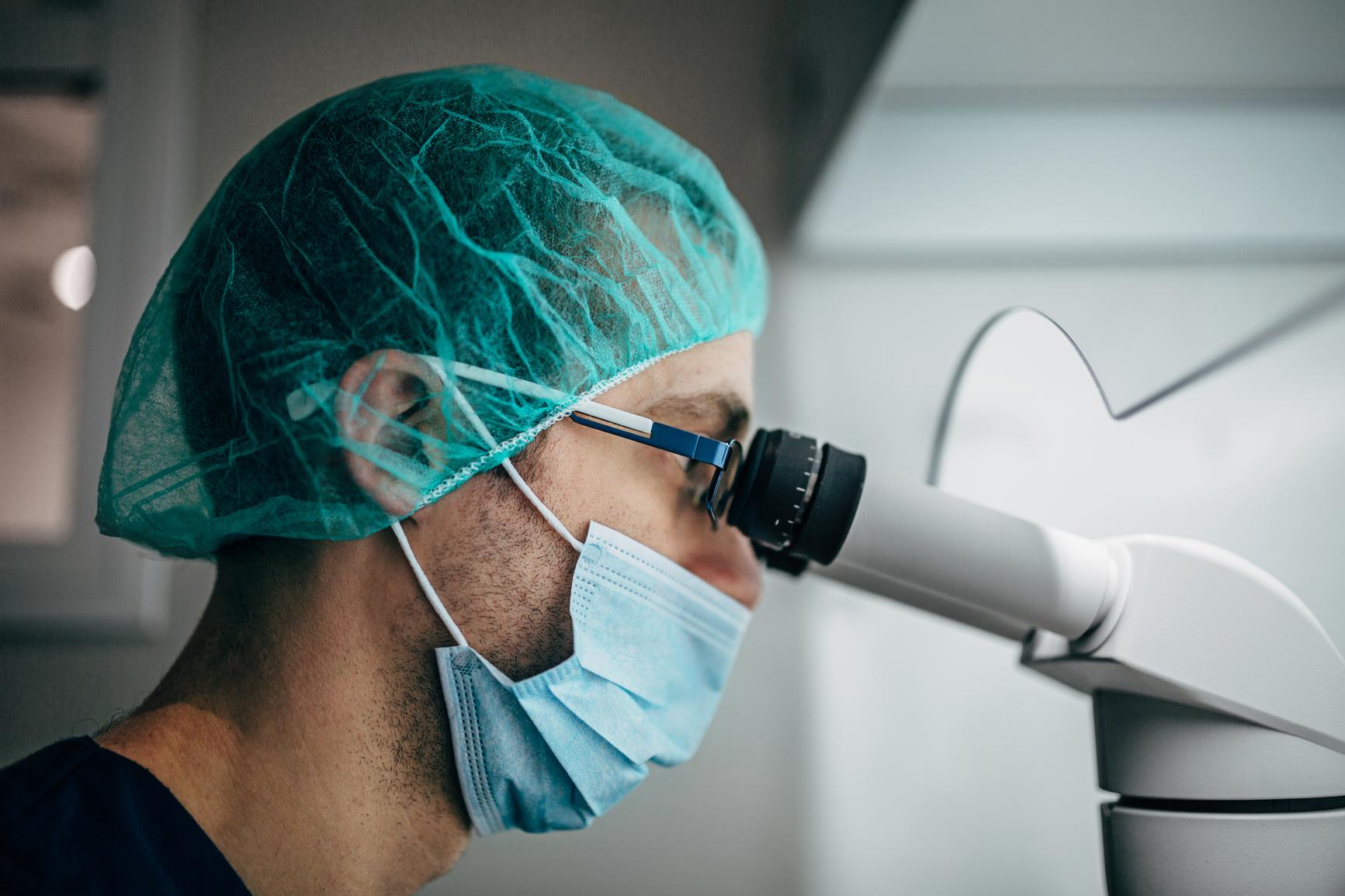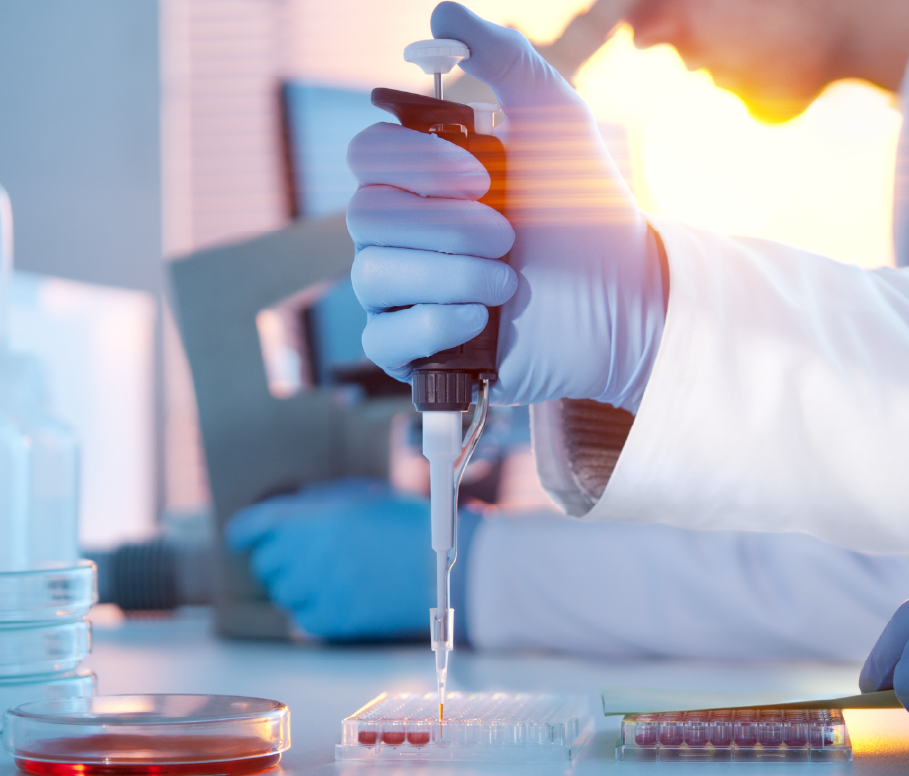Inside the global community of innovators lie promising inventions that are poised to tackle the globe’s toughest challenges.
Here we explore three teams of inventors, their routes to discovery and what their biopharmaceutical inventions could mean for the future.
A Promising One-Pill Solution for Heart Disease
For those affected by cardiovascular disease, the cause of death for 17.3 million people worldwide each year, the constant stream of medications can be difficult to manage. The average patient takes several pills a day.
A collaborative team of six British and Australian researchers created a cardiovascular polypill, combining several patented, well-known medications into one pill that can reduce blood pressure and LDL cholesterol.
Dr. David Wald, the cardiologist who led the team, said:
"This represents a milestone in that we've made a polypill that does exactly what it was predicted to do. When something like this is developed, it should be made available as quickly as possible.”
– David Wald
The cost-effective solution means patients may be more likely to take their medications as directed. It would make it easier to get medicine into the hands of people in high-need countries - the pills are easy to ship and the directions easy to follow. This news is promising as cardiovascular disease and stroke stand to kill 23.6 million people annually by 2020.
The polypill combines the work of inventors across many decades, bringing them together in one unit that could transform the way we treat cardiovascular disease.
Turning Mosquitos Against Themselves in the Dengue Fever Fight
Mosquitos are some of the smallest, most dangerous killers and transporters of life-threatening diseases. Dengue fever, a painful illness spread by the bite of a female mosquito, affects 390 million people around the world every year.
Luke Alphey, an inventor and scientist from Great Britain, discovered a way to control the mosquito population and slow the spread of dengue fever – without the use of damaging pesticides. The solution involves genetically modifying male mosquitos with DNA that prevents their offspring from reaching adulthood.
After more than ten years of research, Alphey and his team are on the cusp of a breakthrough that could halt the spread of a disease that threatens half the world’s population.
Healing Wounds from the Inside Out with a Powerful Nanogel
Second- and third-degree burns can lead to infection, scarring and a long, intense recovery period. Treatments may help people tolerate the pain of a burn, but nothing can speed up the healing time.
Dr. Charlotte Hauser and her team at the Agency for Science, Technology and Research’s Institute of Bioengineering and Nanotechnology (IBN) in Singapore developed a nanogel that may help hasten the recovery process for second- and third-degree burn victims. When mixed with water, the nanogel becomes a porous shield that helps protect skin cells as they regenerate.
The IBN team’s studies achieved close to 100 percent closure of burns in two weeks, compared to 63 percent healing using traditional silicone wound dressings.
It may not be possible to eliminate the causes of burns, but the IBN team’s nanogel could revolutionize the first aid treatment and healing of burn-related wounds and even of other diseases.
See Dr. Hauser explain how the powerful nanogel works.


